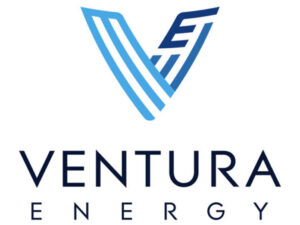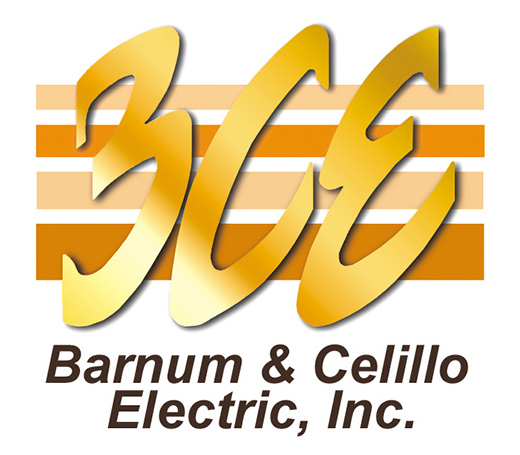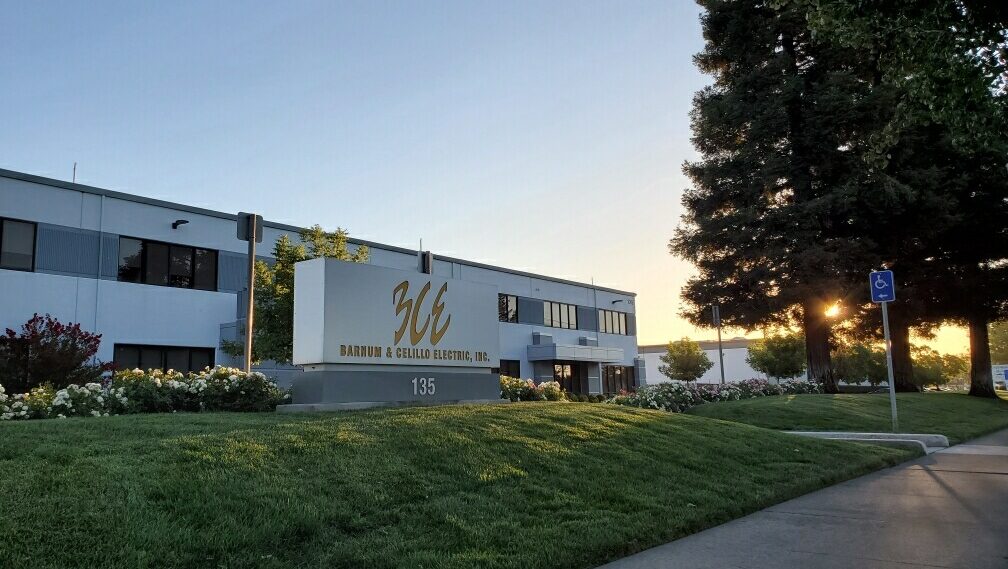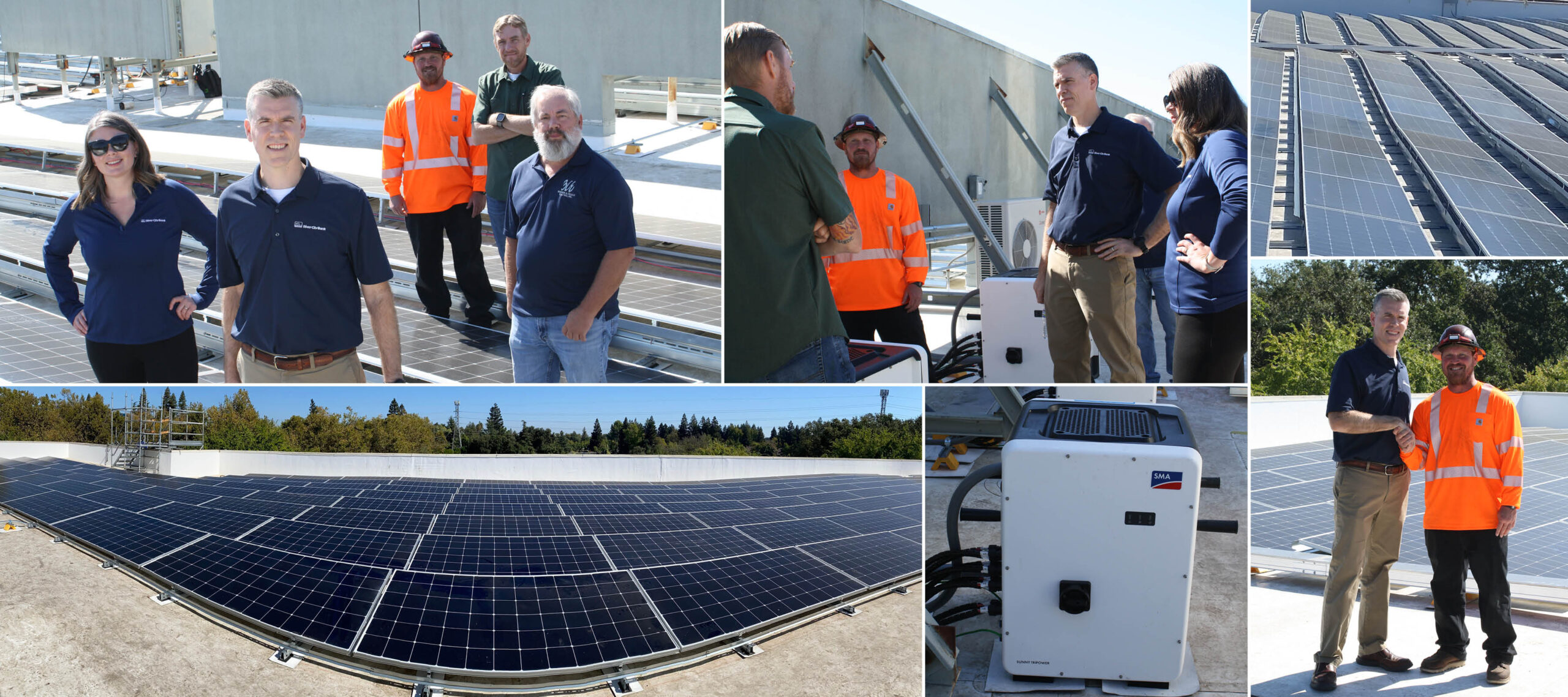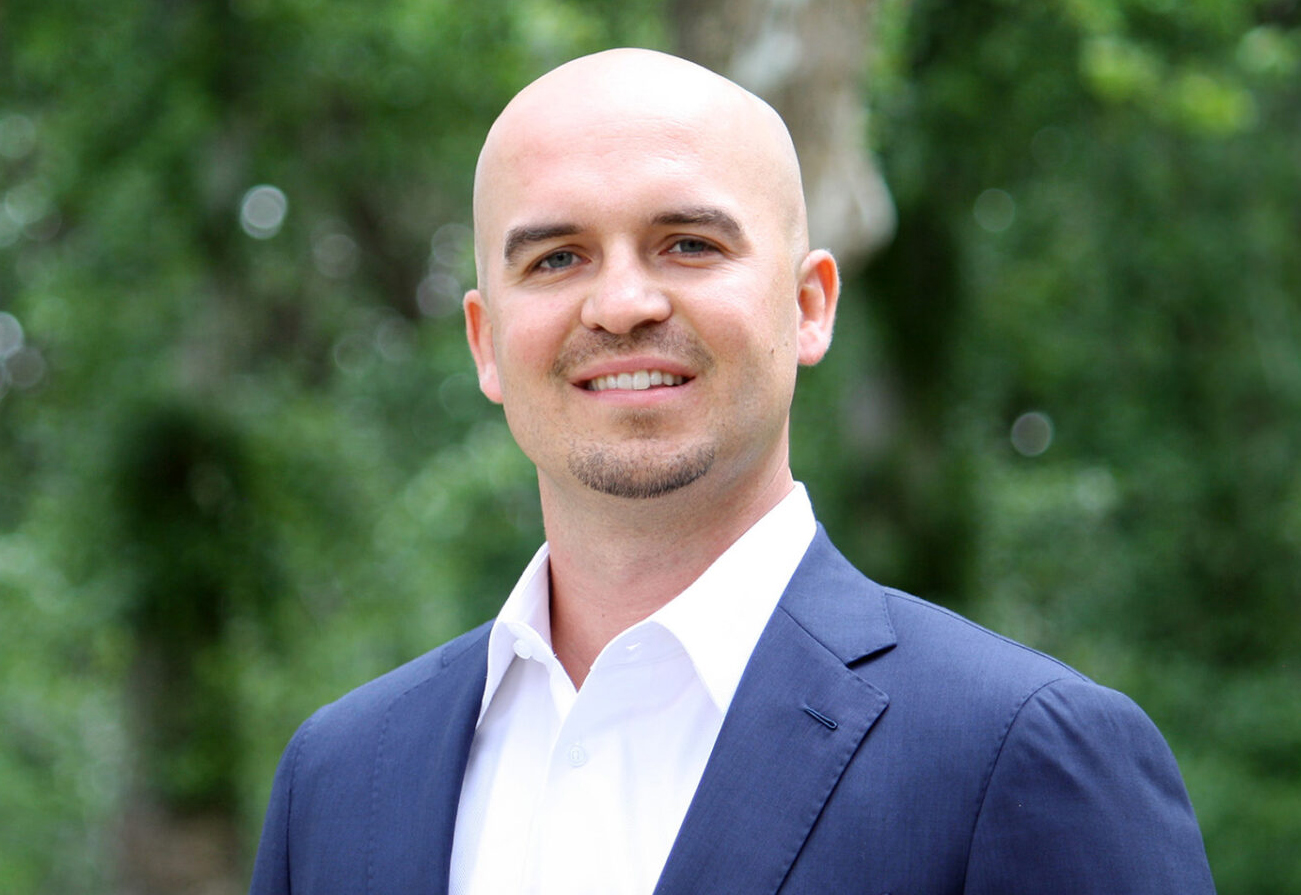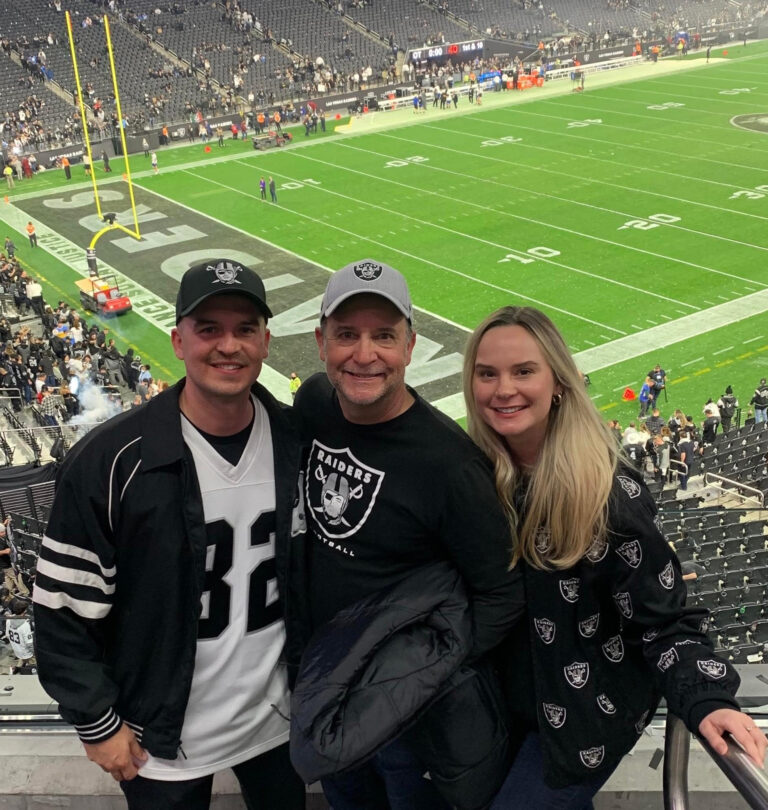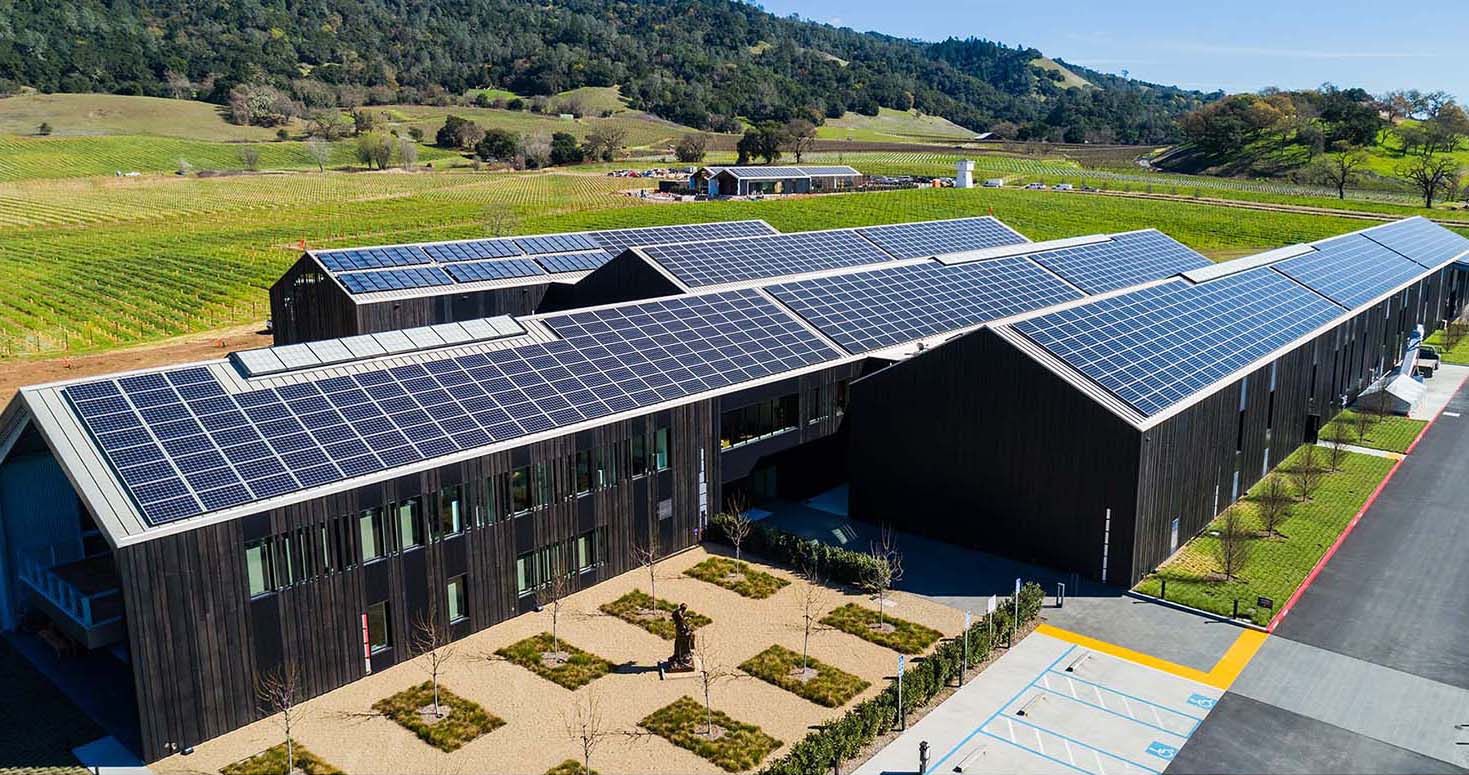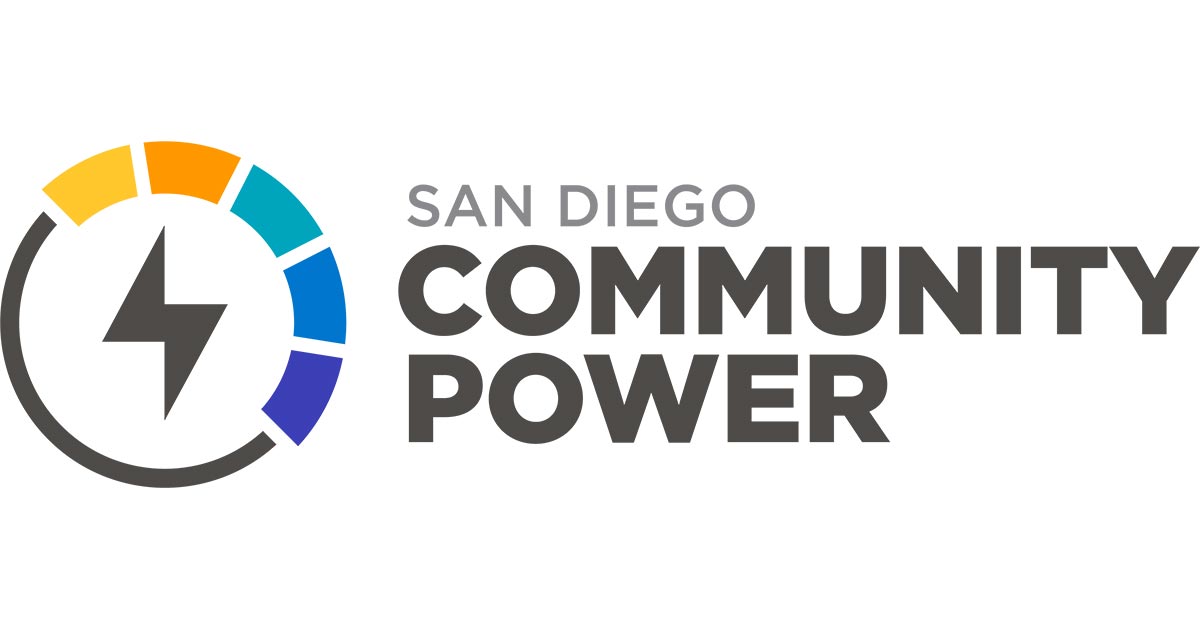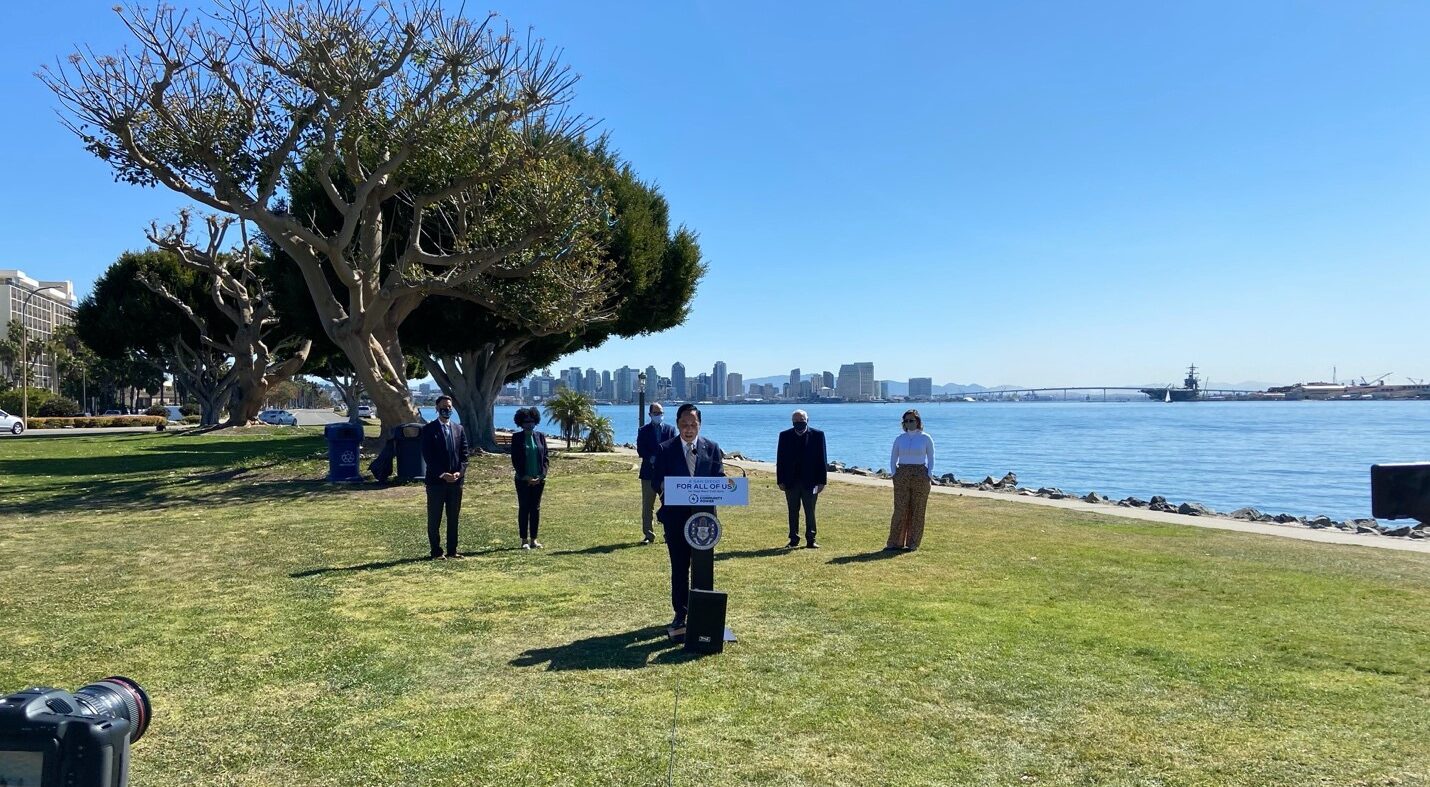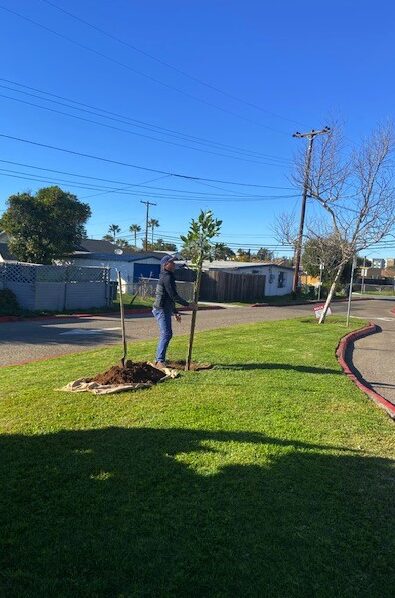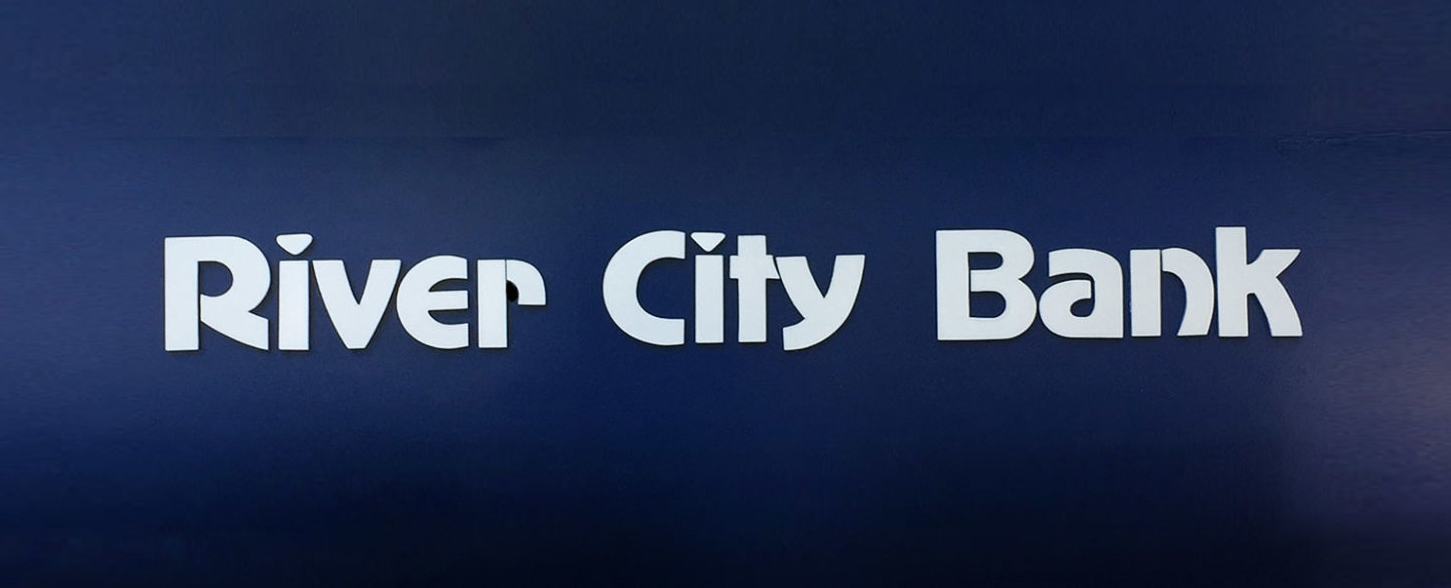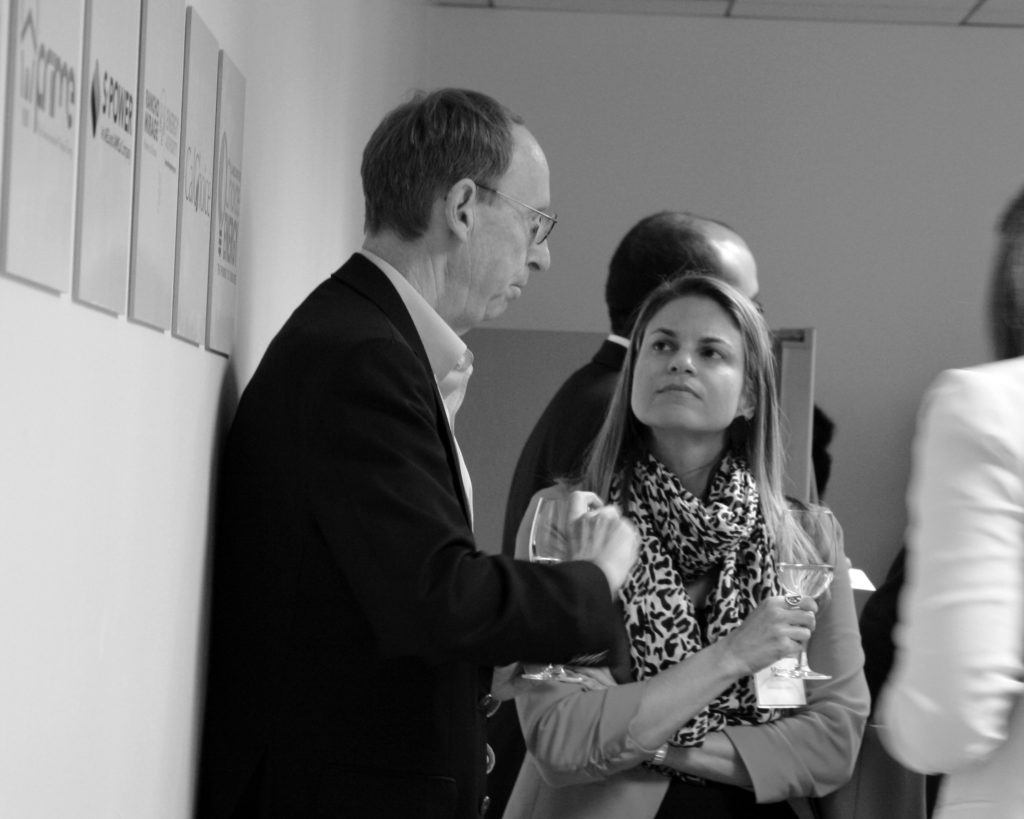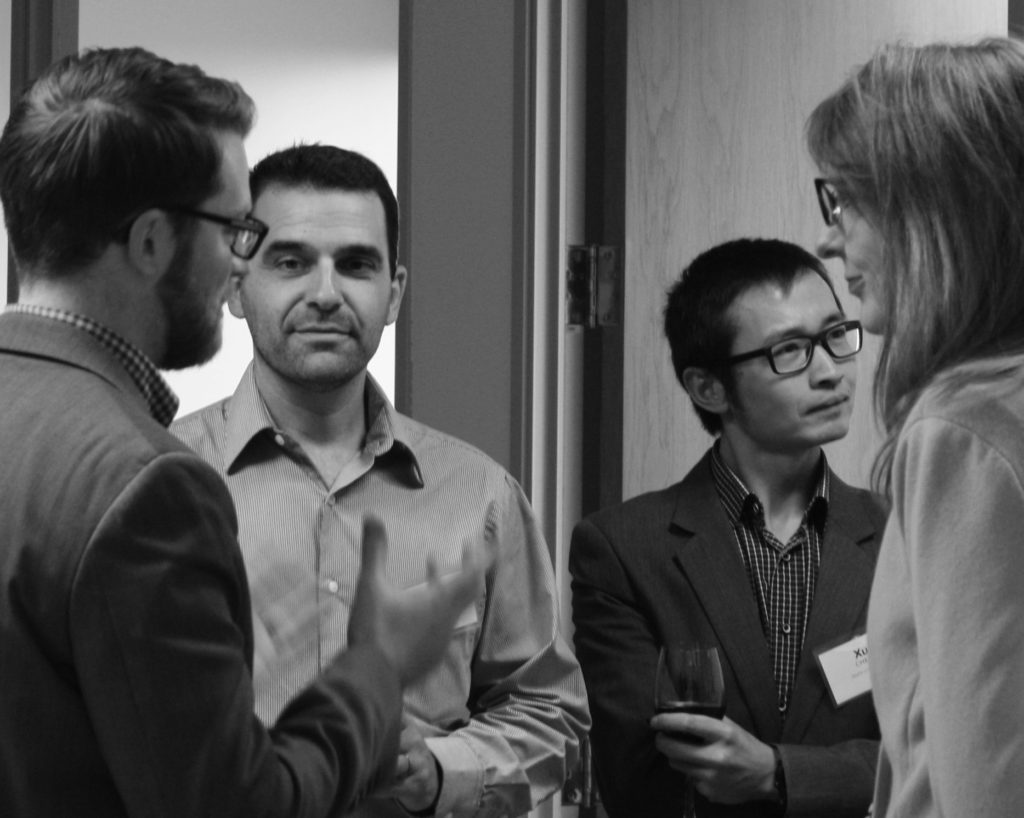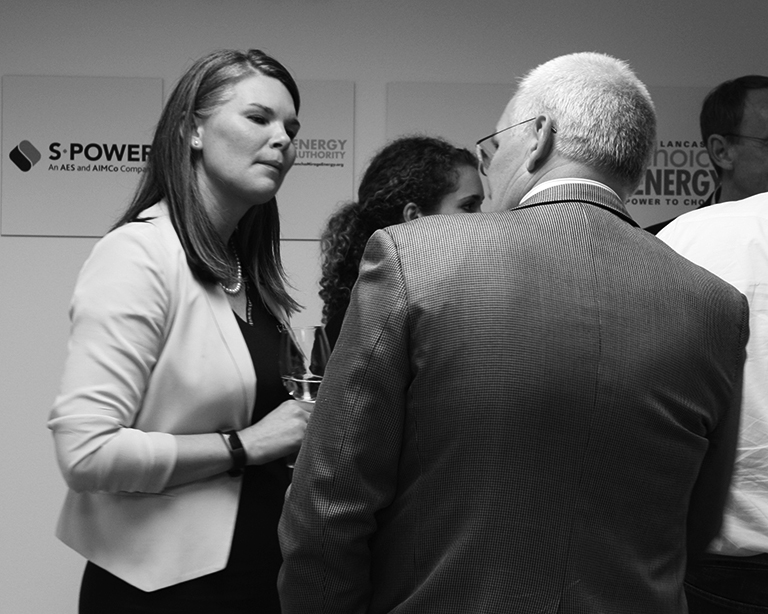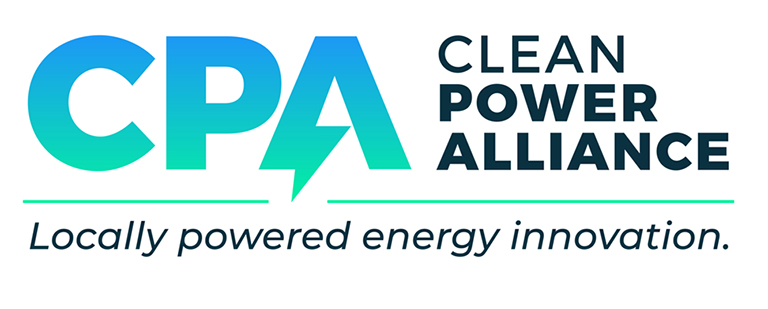Before Clean Power Alliance was born, Bardacke knew there were things he needed to get right to build a thriving CCA. Although CCAs have been around Northern California since 2010, they are a relatively new concept in Southern California. Ensuring there was a robust infrastructure in place, the organization set high standards for its employees, officers, and directors. Along with strong corporate governance, Bardacke and his team took their time hiring experienced staff and figuring out how the agency is organized to ensure a secure future.
“We spent a lot of time hiring staff who knew what they are doing and to keep the place running,” said Bardacke.
According to Bardacke, by 2020 the Clean Power Alliance is set to take in over $800M in annual revenue. He attributes this success to applying the organization’s best practices and creating a framework of tools and techniques that identify, assess, mitigate, and monitor risk within the organization. Nothing is built at breakneck speed, and policies are carefully and thoughtfully considered.
“We want to make sure that we don’t get out over our skis,” said Bardacke. “It requires a lot of work to be conservative and disciplined.”
CPA turned to River City Bank for its financial needs. Bardacke knew that River City Bank has taken a bold lead in the clean energy space, supporting CCA clients throughout California with their depository, cash management, and lending needs. He has seen RCB provide other CCA clients with custom-tailored solutions spanning start-up capital, lines of credit, renewable energy project financing, and custodian “lockbox” accounts.
“We know that River City Bank understands the CCA business and is comfortable in the space,” said Bardacke. “They are entrepreneurial without being bureaucratic. They understand what it takes to start this type of business, and we appreciate working with people who get that mindset. I know that I can call Steve Fleming directly and get something done.”
